How to Make Your Own Garden Mulch
Creating your own garden mulch is not just a fun DIY project; it's a fantastic way to enhance the health and appearance of your garden! Imagine walking through your garden, the vibrant colors of your plants contrasting beautifully with a rich, textured layer of mulch that also serves a purpose. Mulch is like a cozy blanket for your plants, providing them with the warmth and moisture they need to thrive while simultaneously suppressing pesky weeds. In this article, we'll guide you through the process of making your own mulch, exploring various materials you can use, and providing step-by-step instructions to ensure your garden flourishes.
Mulch is more than just a decorative addition to your garden; it offers a plethora of benefits that can transform your gardening experience. Think of it as a superhero for your plants! Here are some key benefits:
- Moisture Retention: Mulch helps to keep the soil moist by reducing evaporation, which means less frequent watering for you.
- Weed Suppression: By blocking sunlight, mulch prevents weed seeds from germinating, saving you time and effort.
- Temperature Regulation: Mulch acts as an insulating layer, keeping the soil warmer in winter and cooler in summer, creating a more stable environment for your plants.
Understanding these benefits will help you appreciate the importance of incorporating mulch into your gardening practices. It's like giving your plants a protective shield against the elements!
When it comes to choosing materials for your mulch, the options are nearly endless! Each type of mulch has its unique properties, making it suitable for different gardening needs and aesthetics. Let's dive into some popular materials:
Organic mulches are fantastic because they break down over time, enriching the soil with nutrients. They’re like a buffet for your plants, providing them with essential sustenance as they decompose. Here are a couple of popular organic options:
Wood chips are a durable and attractive option for mulch. They provide long-lasting coverage and are ideal for pathways and garden beds. Not only do they help retain moisture, but they also suppress weeds effectively. Think of wood chips as a stylish outfit for your garden that also does the hard work of keeping everything in check!
Straw and hay are lightweight, easy to apply, and excellent for vegetable gardens. They decompose quickly, providing nutrients to your plants. Imagine sprinkling a bit of nature's magic over your garden—it's a popular choice for those seeking organic solutions!
Inorganic mulches, such as gravel and plastic, offer different benefits compared to organic materials. While they don’t enrich the soil, they can provide excellent weed control and moisture retention. This section explores how these materials can fit into your garden design, offering a unique aesthetic while serving practical purposes.
Preparing mulch involves selecting the right materials and processing them properly. This section will provide you with a step-by-step guide to creating effective and aesthetically pleasing mulch for your garden. It's like preparing a gourmet meal for your plants!
For certain materials, shredding or chopping is necessary to create uniform mulch. This ensures that your mulch will not only look good but also perform well. Techniques like using a chipper for wood or a lawnmower for grass clippings can help you get the ideal texture. Imagine transforming bulky materials into fine particles that your plants will love!
Composting kitchen scraps and yard waste can create nutrient-rich mulch. This section covers the composting process and how to use the resulting material effectively in your garden. Think of composting as recycling for your garden—turning waste into something beneficial!
Applying mulch correctly is crucial for maximizing its benefits. Here are some techniques to ensure your garden thrives:
Proper layering and spreading techniques can enhance the effectiveness of your mulch. Aim for a depth of 2 to 4 inches, depending on the type of mulch you’re using. This will help retain moisture and suppress weeds without suffocating your plants. Think of it as tucking your plants into bed—just the right amount of cover is essential!
Maintaining mulched areas involves periodic checks and replenishment. Over time, your mulch may break down or wash away, so it’s essential to keep an eye on it. Regularly check for weeds poking through and refresh your mulch as needed to keep your garden looking its best. It's like giving your garden a little pampering every now and then!
Q: How often should I replace my mulch?
A: Typically, you should replace organic mulch every 1-2 years, while inorganic mulch can last much longer.
Q: Can I use colored mulch?
A: Yes, but be cautious with dyed mulch as some dyes can be harmful to plants. Always choose products labeled as safe for gardening.
Q: Is mulch necessary for all plants?
A: While not every plant requires mulch, most benefit from it, especially in terms of moisture retention and weed suppression.
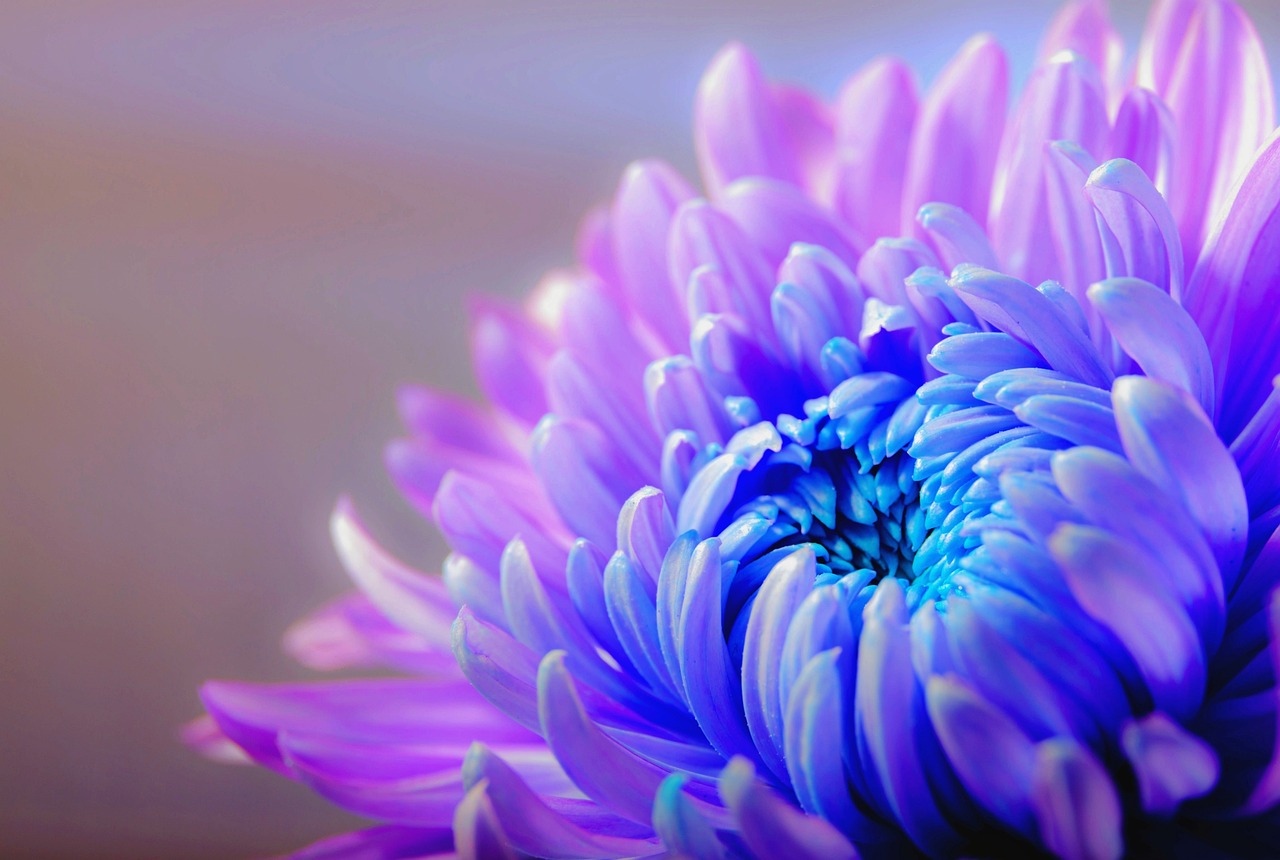
Benefits of Using Mulch
When it comes to gardening, mulch is like the unsung hero of your garden bed. It plays a crucial role in maintaining the health and beauty of your plants, and understanding its benefits can transform the way you approach your gardening practices. So, why should you consider adding mulch to your garden? Let’s dive into some of the most compelling reasons!
One of the primary benefits of mulch is its ability to retain moisture. During hot summer months, the sun can be relentless, and without mulch, your soil may dry out quickly, leading to stressed plants. Mulch acts as a protective layer that reduces evaporation, keeping the soil consistently moist. This means less frequent watering for you and happier plants!
Another fantastic advantage is weed suppression. Weeds are like uninvited guests at a party—they just show up and take over. By applying a thick layer of mulch, you create a barrier that prevents sunlight from reaching weed seeds, thus inhibiting their growth. This not only saves you time on weeding but also allows your plants to have more access to nutrients and water.
Temperature regulation is yet another benefit of using mulch. In the winter, mulch acts as an insulating blanket, protecting plant roots from extreme cold. Conversely, in the summer, it keeps the soil cooler, providing a more stable environment for your plants. This temperature balance is crucial for promoting healthy root development and overall plant growth.
Moreover, mulch can enhance the aesthetic appeal of your garden. Whether you choose organic materials like wood chips or inorganic options like gravel, mulch can add a polished and finished look to your garden beds. It’s like the icing on the cake that brings everything together!
Let’s not forget about the ecological benefits of organic mulch. As it breaks down, it enriches the soil with essential nutrients, promoting a healthier garden ecosystem. This natural process improves soil structure and increases biodiversity, allowing beneficial organisms to thrive. So, not only does mulch serve practical purposes, but it also contributes to a more sustainable gardening practice.
In summary, the benefits of using mulch in your garden are numerous and significant. From moisture retention and weed suppression to temperature regulation and aesthetic enhancement, mulch is a gardener's best friend. By incorporating mulch into your gardening routine, you’re not just improving your plants’ health; you’re also creating a more beautiful and sustainable environment. So why wait? Start mulching today and watch your garden flourish!
- What types of mulch are best for my garden? - The best type of mulch depends on your garden's needs. Organic options like wood chips and straw are great for enriching the soil, while inorganic options like gravel offer longevity and low maintenance.
- How thick should I apply mulch? - A depth of 2 to 4 inches is generally recommended for most types of mulch. This thickness helps retain moisture and suppress weeds effectively.
- Can I use mulch around all types of plants? - Most plants benefit from mulch, but be cautious around plants that prefer dry conditions, as excessive moisture retention can lead to root rot.
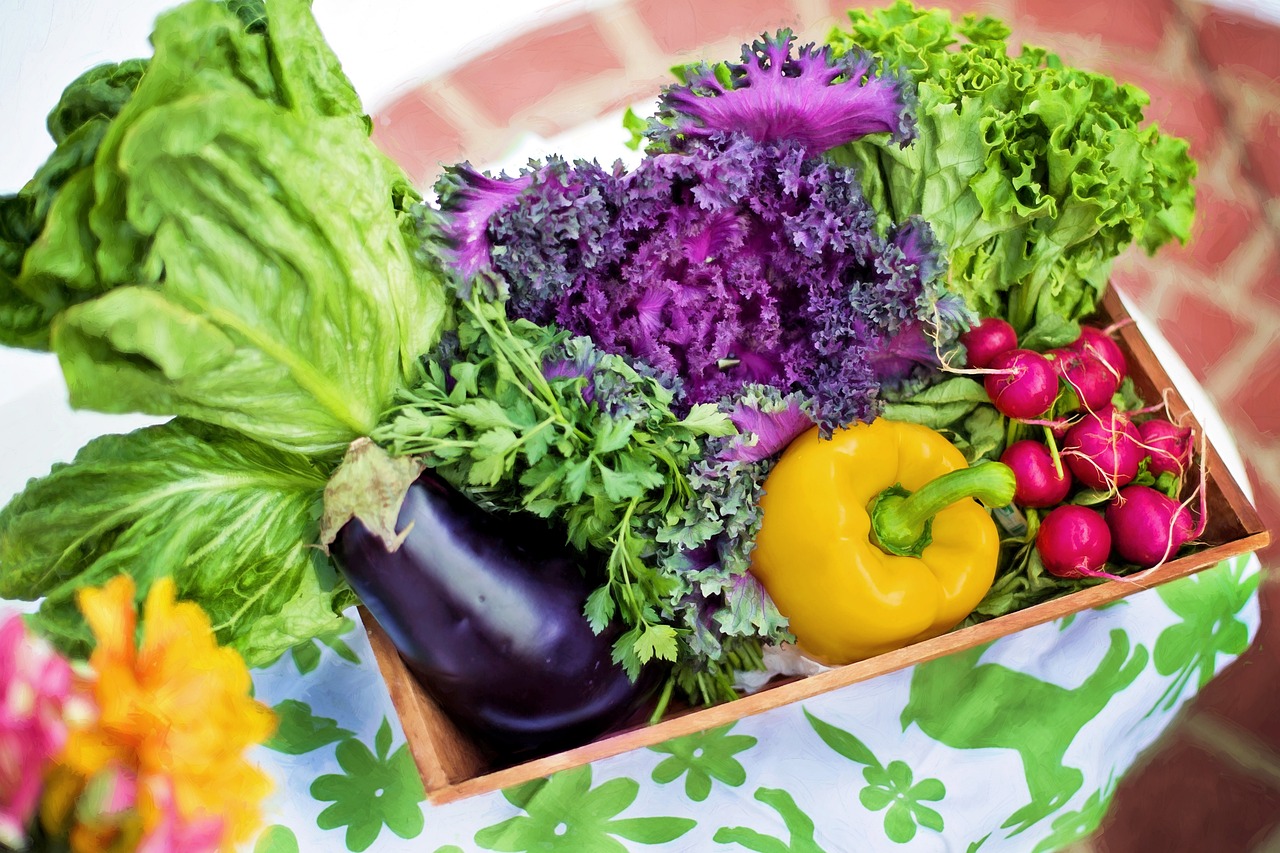
Types of Mulch Materials
When it comes to enhancing your garden, the type of mulch you choose can make a world of difference. Not only does mulch serve as a protective layer for your soil, but it also contributes to the overall health and aesthetics of your garden. In this section, we will explore various materials suitable for making mulch, each with its own unique properties that cater to different gardening needs and visual preferences.
First up, we have organic mulches, which are derived from natural materials and offer a plethora of benefits to your garden. These mulches are particularly favored for their ability to break down over time, enriching the soil with nutrients and improving its structure. Some popular organic options include:
- Wood Chips: Wood chips are not only durable but also provide a natural look to your garden. They are excellent for pathways and garden beds, helping to retain moisture and suppress weeds effectively.
- Straw and Hay: Lightweight and easy to apply, straw and hay are fantastic for vegetable gardens. They decompose quickly, offering essential nutrients back to the soil, making them a gardener's best friend.
- Leaves: Fallen leaves can be shredded and used as mulch, providing a free and abundant source of organic matter that enriches the soil as it breaks down.
- Compost: Compost not only serves as a nutrient-rich mulch but also improves soil structure and moisture retention, making it a powerhouse in any garden.
On the other hand, we have inorganic mulches, which offer a different set of advantages. These materials do not decompose, making them a long-lasting option for certain garden designs. Inorganic mulches include:
- Gravel: Perfect for pathways or rock gardens, gravel allows for excellent drainage while providing a modern aesthetic.
- Plastic Mulch: Often used in commercial farming, plastic mulch helps retain moisture and suppress weeds effectively, although it doesn’t contribute to soil health like organic options.
- Rubber Mulch: Made from recycled tires, rubber mulch is durable and can last for years, making it a low-maintenance choice for playgrounds and garden paths.
Choosing the right type of mulch materials ultimately depends on your garden's specific needs, aesthetic preferences, and the benefits you wish to achieve. Whether you opt for organic or inorganic options, each material has its own strengths that can help your garden thrive and look beautiful.
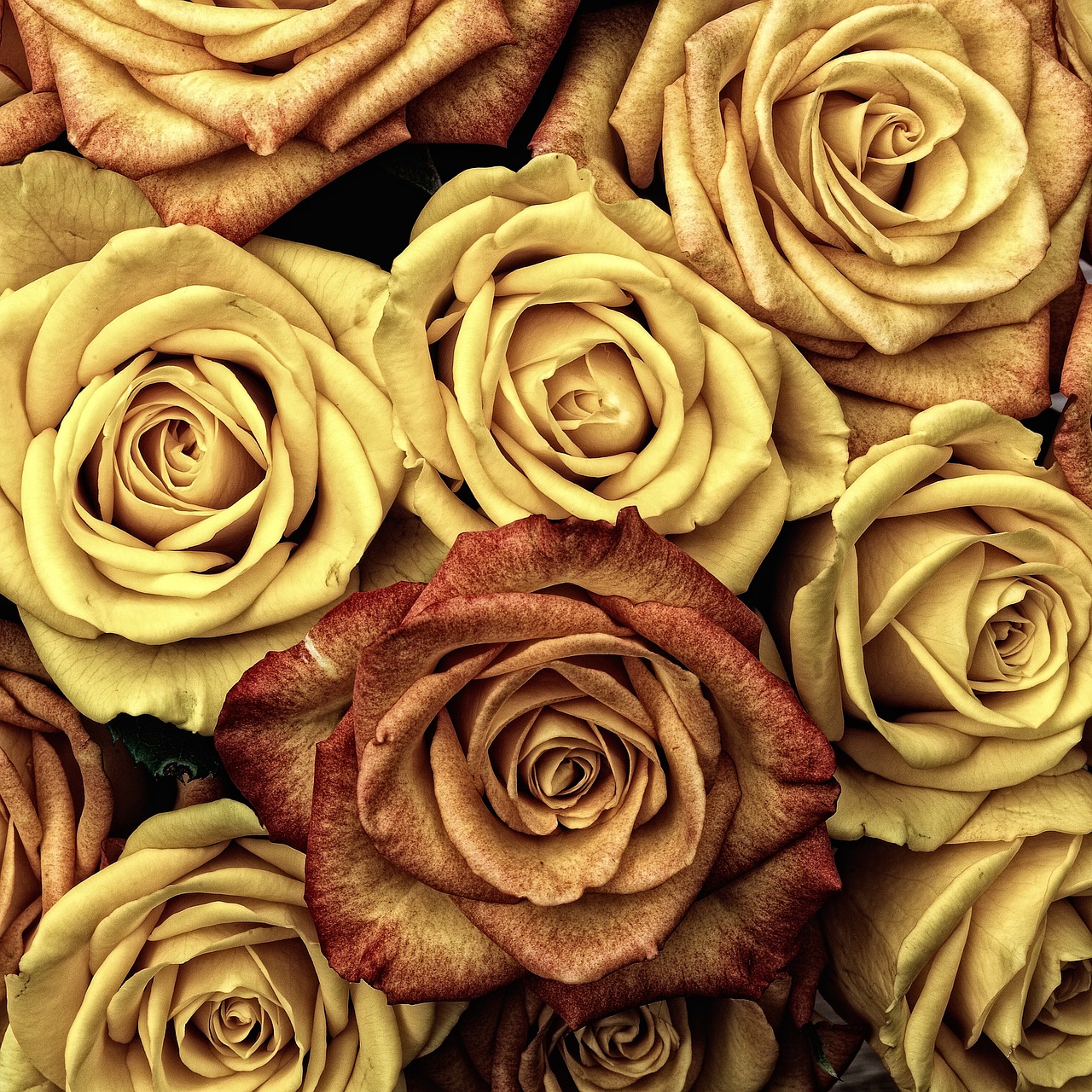
Organic Mulch Options
When it comes to nurturing your garden, organic mulch options are like a warm hug for your plants. They not only help in retaining moisture but also enrich the soil as they decompose, creating a healthy ecosystem for your garden. Imagine your garden as a bustling city; organic mulch is the infrastructure that supports the vibrant life within it. Popular organic mulch materials include leaves, grass clippings, and compost, each bringing its unique benefits to the table.
One of the most common organic mulches is leaves. Fallen leaves are often overlooked, but they can be a fantastic resource. Shredding leaves before applying them can enhance their effectiveness, as smaller pieces decompose more quickly, releasing nutrients into the soil. Not only do they provide an excellent barrier against weeds, but they also improve the soil structure as they break down, making it easier for roots to penetrate.
Grass clippings are another fantastic organic mulch option. After mowing your lawn, instead of bagging those clippings, consider spreading them in your garden. They decompose rapidly and can provide a nitrogen boost to your soil, which is especially beneficial for vegetable gardens. Just remember to apply them in thin layers to avoid matting, which can create a barrier that water cannot penetrate.
Then, there’s compost, the gold standard of organic matter. Compost is like a multivitamin for your garden, packed with nutrients that promote healthy plant growth. By using compost as mulch, you not only suppress weeds but also feed your soil. The key is to ensure that your compost is well-aged; fresh compost can be too hot and may harm your plants.
Here’s a quick summary of the benefits of some popular organic mulch materials:
| Organic Mulch Type | Benefits |
|---|---|
| Leaves | Moisture retention, weed suppression, improves soil structure |
| Grass Clippings | Quick decomposition, nitrogen boost, cost-effective |
| Compost | Nutrient-rich, improves soil health, suppresses weeds |
In summary, choosing organic mulch options is not just about aesthetics; it's about creating a thriving environment for your plants. By selecting the right type of organic mulch, you can significantly enhance your garden's health while minimizing the need for chemical fertilizers and pesticides. So, next time you think about mulching, remember that nature provides us with plenty of resources; all we have to do is utilize them!
- What is the best organic mulch for vegetable gardens? Grass clippings and straw are excellent choices due to their quick decomposition and nutrient content.
- How thick should I apply organic mulch? A layer of 2-4 inches is generally recommended to effectively suppress weeds and retain moisture.
- Can I use colored mulch in my garden? While colored mulch can be visually appealing, ensure that the dye used is non-toxic and safe for plants.
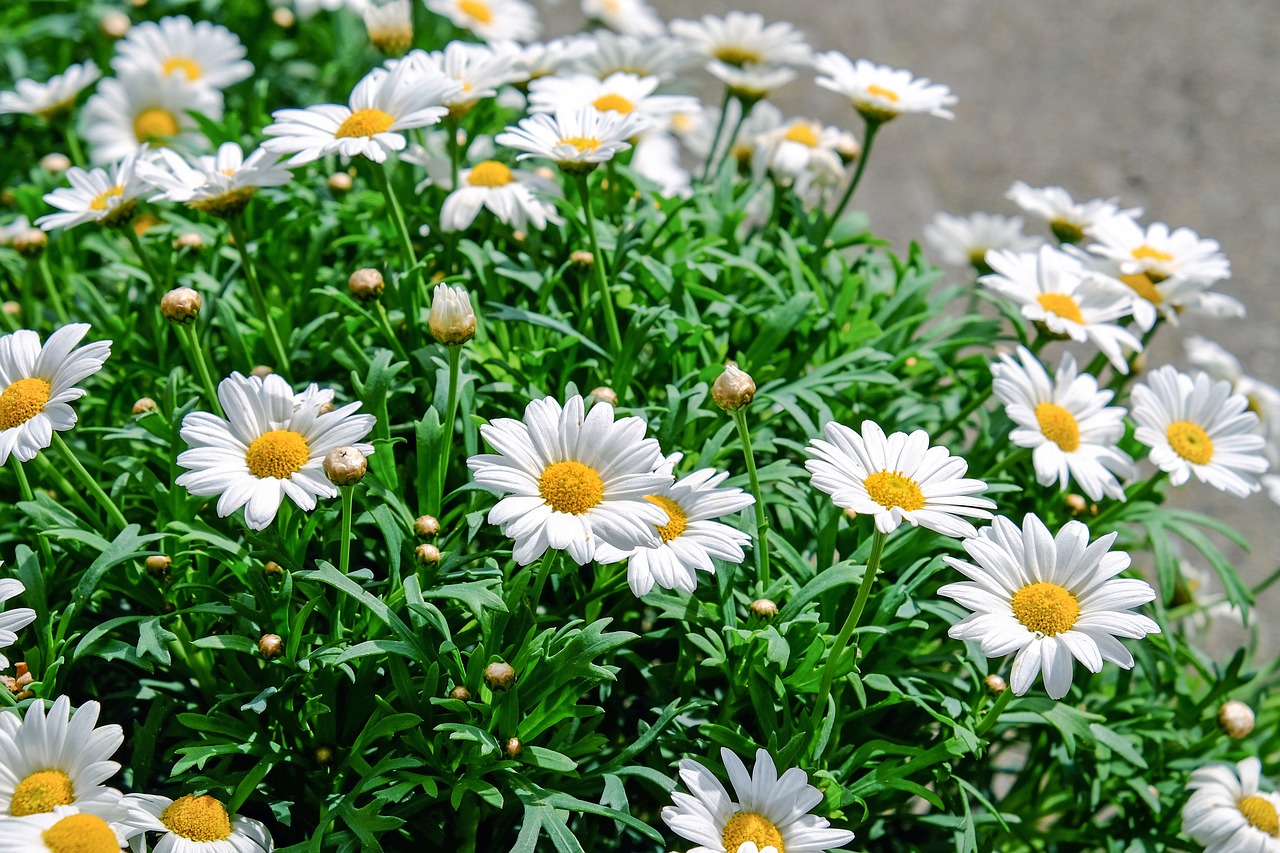
Wood Chips
Wood chips are not just a practical mulch option; they are also a visually appealing choice that can enhance the overall aesthetics of your garden. When you think about it, wood chips are like the cozy blanket that wraps your plants, keeping them warm and snug while simultaneously providing a protective layer against the harsh elements. They serve multiple purposes in your garden, making them a favorite among both novice and experienced gardeners.
One of the standout features of wood chips is their durability. Unlike some other mulch materials that break down quickly, wood chips can last for several years, providing long-lasting coverage. This means less frequent replenishment for you, allowing you to enjoy more time admiring your garden rather than constantly tending to it. They are particularly effective in pathways and around garden beds, where they not only help retain moisture but also suppress the growth of unwanted weeds.
Moreover, wood chips come in various sizes and types, allowing you to choose the perfect match for your garden's design. Whether you prefer finely shredded chips or larger chunks, there’s an option for everyone. Here are some benefits of using wood chips:
- Moisture Retention: Wood chips help keep the soil moist by reducing evaporation, which is especially beneficial during hot summer months.
- Weed Suppression: A thick layer of wood chips can significantly reduce weed growth, saving you time and effort in the garden.
- Soil Improvement: As wood chips decompose over time, they add organic matter to the soil, improving its structure and nutrient content.
- Temperature Regulation: They help maintain a consistent soil temperature, protecting plant roots from extreme heat or cold.
In addition to their practical uses, wood chips can also be an eco-friendly choice. Many gardeners opt for recycled wood chips from local tree services or landscaping companies, reducing waste and giving new life to materials that might otherwise end up in a landfill. By incorporating wood chips into your garden, you’re not only enhancing its beauty and health but also contributing to sustainable gardening practices.
So, if you're looking for a mulch that combines functionality with aesthetic appeal, wood chips might just be what your garden needs. They are like the unsung heroes of gardening, quietly working behind the scenes to create a thriving environment for your plants. Just remember to apply them at the right depth—about 2 to 4 inches—to maximize their benefits without suffocating your plants.
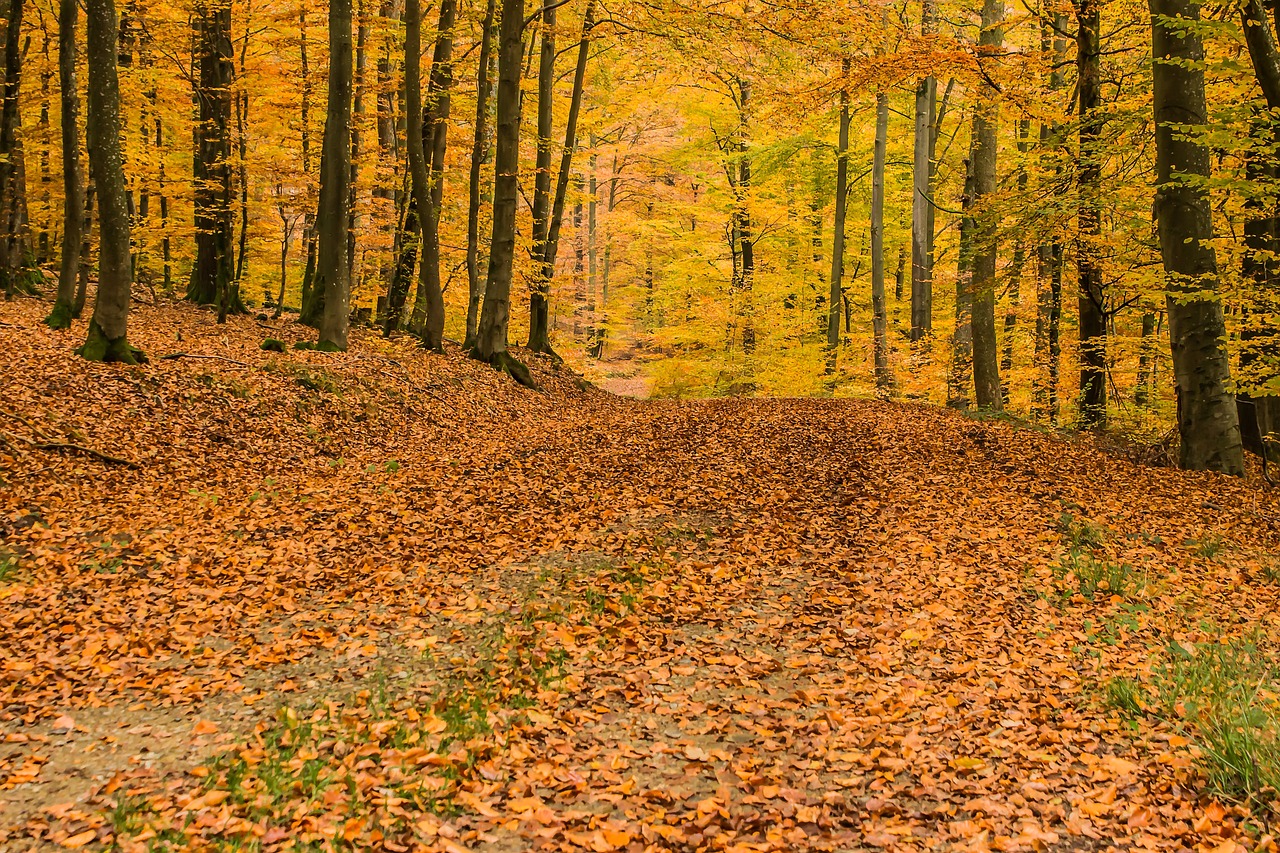
Straw and Hay
When it comes to enhancing your garden, are like the unsung heroes of the mulch world. Not only are they lightweight and easy to work with, but they also offer a plethora of benefits that can transform your garden into a thriving oasis. Imagine walking through your garden and feeling the soft crunch of straw underfoot—this simple addition can make a world of difference!
One of the primary advantages of using straw and hay as mulch is their ability to decompose quickly. As they break down, they release essential nutrients back into the soil, promoting healthy plant growth. This makes them particularly popular among vegetable gardeners who are looking to provide their crops with the best possible environment. Plus, they help retain moisture, which is crucial during those hot summer months when your plants are thirsting for hydration.
It's important to note the difference between straw and hay. While both materials are derived from grasses, straw is the dried stalks left after grain harvesting, whereas hay consists of grass that has been cut and dried specifically for animal feed. For gardening purposes, straw is often the preferred choice due to its lower nutrient content, which means it won’t compete with your plants for nutrients as it decomposes. On the other hand, hay can sometimes contain weed seeds, which can sprout in your garden and create unwanted competition for your plants.
Here’s a quick comparison of straw and hay:
| Characteristic | Straw | Hay |
|---|---|---|
| Source | Dried stalks of cereal crops | Dried grasses and legumes |
| Nutrient Content | Low | High |
| Weed Seeds | Minimal | Potentially high |
| Best Use | Mulch for gardens | Animal feed and bedding |
Applying straw or hay as mulch is a breeze. Simply spread a layer of about 2-4 inches around your plants, ensuring you keep it a few inches away from the stems to avoid rot. This layer acts like a protective blanket, keeping the soil temperature stable and preventing weeds from sprouting. Imagine how much easier it will be to maintain your garden when those pesky weeds are kept at bay!
In summary, if you’re looking for a cost-effective and environmentally friendly way to enhance your garden, straw and hay are fantastic options. Not only do they improve soil health, but they also add a rustic charm to your garden design. So why not give them a try? Your plants will thank you!
- Can I use straw and hay together? Yes, you can! Combining both can provide a balanced approach, but be cautious of the potential weed seeds in hay.
- How often should I replenish my straw mulch? It's recommended to check your mulch layer every few months and replenish it as needed, especially after heavy rains or winds.
- Is straw mulch suitable for all types of plants? Straw is great for most plants, particularly vegetables and flowers, but always ensure the mulch is not touching the plant stems to prevent rot.

Inorganic Mulch Options
When it comes to mulching, inorganic options may not be the first thing that springs to mind, but they can offer unique benefits that every gardener should consider. Unlike organic mulches that decompose and enrich the soil, inorganic mulches are designed to last longer and require less maintenance. They can help create a polished look in your garden while providing practical advantages. One of the most popular inorganic mulch materials is gravel, which not only adds a decorative touch but also allows for excellent drainage. If you live in a particularly dry area, gravel can help prevent moisture loss from the soil beneath it.
Another common inorganic option is landscape fabric. This material acts as a barrier against weeds while allowing air and water to penetrate, ensuring that your plants receive the nutrients they need. It's particularly effective in perennial gardens where you want to minimize the amount of weeding required. However, it’s important to note that over time, landscape fabric can become covered with soil and debris, which may lead to weed growth if not maintained properly.
Additionally, you might consider using rubber mulch, made from recycled tires. This type of mulch is incredibly durable and can last for years without breaking down. It's often used in playgrounds and garden paths due to its cushioning properties and vibrant colors. However, while rubber mulch has its perks, it does not contribute any nutrients to the soil, so it's best used in areas where plants don’t require significant soil enrichment.
Here’s a quick comparison of some inorganic mulch options:
| Type of Inorganic Mulch | Benefits | Considerations |
|---|---|---|
| Gravel | Excellent drainage, durable | Can retain heat, may not be suitable for all plants |
| Landscape Fabric | Weed suppression, allows air and water | Requires maintenance, can become clogged |
| Rubber Mulch | Long-lasting, vibrant colors | No soil enrichment, can heat up |
Inorganic mulches can be a fantastic addition to your gardening toolkit. They provide a range of benefits, from aesthetic appeal to practical uses. However, it's essential to choose the right type based on your garden's specific needs. Remember, while they may not enrich the soil like organic options, they can still play a crucial role in creating a healthy and beautiful garden environment.

How to Prepare Your Mulch
Preparing mulch is an essential step in enhancing the health and appearance of your garden. It’s not just about tossing some material on the ground; it requires a bit of thought and effort to ensure that the mulch you create serves its purpose effectively. The first step in this process is selecting the right materials. Depending on your garden's needs, you might choose organic options like leaves and grass clippings, or inorganic materials like gravel. Each type has its own benefits and can contribute uniquely to your garden's ecosystem.
Once you’ve gathered your materials, the next phase involves processing them properly. This is where techniques like shredding and chopping come into play. For instance, larger pieces of wood or straw can take a long time to break down, which is why it’s beneficial to create a more uniform mulch. Shredding these materials not only accelerates decomposition but also ensures that the mulch covers the soil evenly, allowing for better moisture retention and weed suppression.
To give you a clearer picture, here’s a quick overview of some common mulch materials and how to prepare them:
| Material | Preparation Method | Benefits |
|---|---|---|
| Wood Chips | Shred into smaller pieces | Long-lasting, moisture retention |
| Straw | Break into smaller strands | Quick decomposition, nutrient-rich |
| Grass Clippings | Spread fresh or dried | High in nitrogen, quick breakdown |
Another fantastic method to consider is composting. By composting kitchen scraps and yard waste, you can create nutrient-rich mulch that not only enriches the soil but also helps in moisture retention. The composting process involves layering your organic waste and allowing it to decompose over time. Once it’s ready, you can spread this rich material across your garden beds, providing a natural boost to your plants.
After preparing your mulch, the next step is to think about how you will apply it. This is crucial because the way you layer and spread your mulch can significantly affect its effectiveness. A good rule of thumb is to apply a layer of mulch about 2 to 4 inches deep. This depth is sufficient for suppressing weeds while still allowing water to penetrate the soil. Remember, too much mulch can suffocate your plants, so it’s all about finding that sweet spot.
In summary, preparing your mulch is a multi-step process that can greatly enhance your gardening experience. From selecting the right materials to proper preparation and application, each step plays a vital role in ensuring your garden thrives. So, roll up your sleeves, get your hands dirty, and watch your garden flourish with the right mulch!
Q: How often should I replace my mulch?
A: Generally, you should replenish your mulch every year or as needed, especially if it has decomposed significantly or washed away due to rain.
Q: Can I use colored mulch?
A: Yes, colored mulch can add aesthetic appeal to your garden, but be cautious as some dyes may leach into the soil. Always opt for non-toxic options.
Q: Is it necessary to use landscape fabric under mulch?
A: While it’s not essential, landscape fabric can help prevent weeds from growing through your mulch. Just ensure it allows water and air to pass through.

Shredding and Chopping
When it comes to creating your own garden mulch, are essential techniques that can significantly enhance the effectiveness of your mulch. Think of it this way: just like a chef finely chops vegetables to make a delicious meal, you need to prepare your mulch materials to maximize their benefits for your garden. Shredding and chopping help create uniform pieces that decompose evenly, allowing nutrients to be released into the soil more efficiently.
So, what materials should you consider shredding or chopping? Well, leaves, branches, and even straw can benefit from this process. For instance, if you have large leaves, they can create a thick layer that blocks sunlight and prevents moisture from reaching the soil. By shredding them into smaller pieces, you allow air and water to penetrate more effectively, creating a healthier environment for your plants.
Now, you might be wondering how to go about shredding or chopping your materials. Here are a few methods you can use:
- Garden Shredder: This is one of the most efficient tools for shredding branches and leaves. A good shredder will turn your yard waste into fine mulch in no time.
- Hand Tools: If you’re working with smaller quantities, a simple pair of garden shears or a machete can do the trick. Just be sure to wear gloves to protect your hands!
- Chopping with a Mower: For grass clippings and small leaves, running your mower over them can effectively chop them into smaller pieces.
After shredding or chopping, you’ll want to spread your mulch evenly across your garden beds. This not only improves the aesthetic appeal but also ensures that every plant gets the benefits of the mulch. The ideal thickness for your mulch layer is about 2 to 4 inches, which provides sufficient coverage without suffocating your plants.
In addition to enhancing moisture retention and nutrient availability, properly shredded mulch can also help suppress weeds. By creating a dense layer of material, you essentially create a barrier that prevents sunlight from reaching weed seeds, making it harder for them to germinate. It’s like putting a cozy blanket over your garden that keeps the weeds at bay!
In conclusion, shredding and chopping your mulch materials is a simple yet effective way to improve your garden’s health. Not only does it enhance the appearance of your garden, but it also maximizes the benefits of the mulch you create. Remember, a little effort in preparation goes a long way in ensuring your plants thrive!
Q: How often should I refresh my mulch?
A: It’s a good idea to replenish your mulch every year or as needed, especially if it starts to break down or thin out.
Q: Can I use colored mulch in my garden?
A: Yes, colored mulch can add aesthetic value, but ensure it’s made from non-toxic dyes to avoid harming your plants.
Q: Is it necessary to shred mulch materials?
A: While not absolutely necessary, shredding can enhance the performance of your mulch by promoting quicker decomposition and better moisture retention.
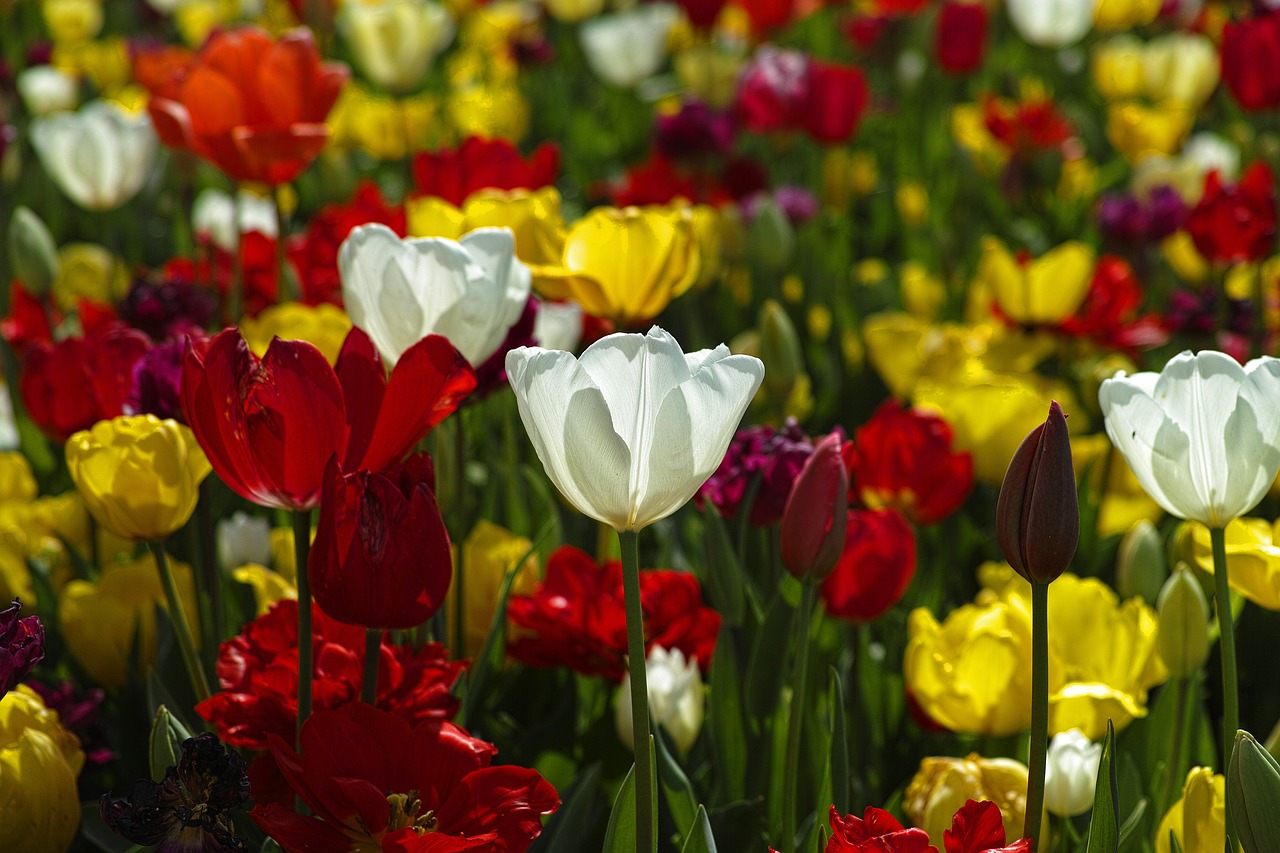
Composting for Mulch
Composting is one of the most rewarding gardening practices, not only for the environment but also for your garden's health. When you compost kitchen scraps and yard waste, you create a nutrient-rich material that can serve as an excellent mulch. This process involves breaking down organic matter into a dark, crumbly substance known as compost, which can then be spread around your plants to enhance soil quality and moisture retention.
To start composting for mulch, you’ll need a mix of "green" materials (like fruit and vegetable scraps, grass clippings, and coffee grounds) and "brown" materials (such as dried leaves, straw, and cardboard). The balance between these two types is crucial because greens provide nitrogen, while browns contribute carbon, both of which are essential for the composting process. Aim for a ratio of about 2:1, with more browns than greens to avoid a smelly pile.
Once you have your materials, it’s time to create your compost pile or bin. A simple way to do this is to layer your greens and browns in a designated area of your garden or in a compost bin. Make sure to turn the pile regularly to aerate it, which speeds up decomposition. In a few weeks to a few months, you’ll notice the materials breaking down, and before you know it, you’ll have rich compost ready to use.
When it comes to applying your compost as mulch, the key is to let it cure for a bit. This means allowing it to sit for a few weeks after it’s fully decomposed to ensure any remaining microorganisms are balanced and won’t compete with your plants. Once it’s ready, spread a layer of compost mulch around your plants, ideally about 2 to 3 inches thick. This layer will not only suppress weeds but also retain moisture and provide a slow-release source of nutrients to your plants.
Additionally, using compost as mulch has a few other fantastic benefits:
- Improves Soil Structure: Over time, compost enhances soil aeration and drainage.
- Encourages Beneficial Microorganisms: Healthy soil life is crucial for plant health, and compost promotes this.
- Reduces the Need for Chemical Fertilizers: With the nutrients provided by compost, you might find you need fewer synthetic fertilizers.
In conclusion, composting for mulch not only benefits your plants but also contributes to a more sustainable and eco-friendly gardening practice. By recycling kitchen scraps and yard waste, you’re not just creating a beautiful garden; you’re also playing an active role in reducing landfill waste and enriching the earth. Isn’t that a win-win?
1. How long does it take to make compost?
Typically, compost can take anywhere from a few weeks to several months to fully decompose, depending on the materials used and the conditions of your compost pile.
2. Can I use meat and dairy in my compost?
It's best to avoid meat and dairy products in compost piles, as they can attract pests and create odors. Stick to plant-based materials for optimal results.
3. How thick should I apply compost mulch?
A layer of 2 to 3 inches is ideal for compost mulch. This depth helps suppress weeds while allowing moisture to penetrate the soil.
4. Can I compost if I live in an apartment?
Absolutely! Many urban gardeners successfully compost using small bins or even vermicomposting (using worms) to create nutrient-rich compost in limited spaces.
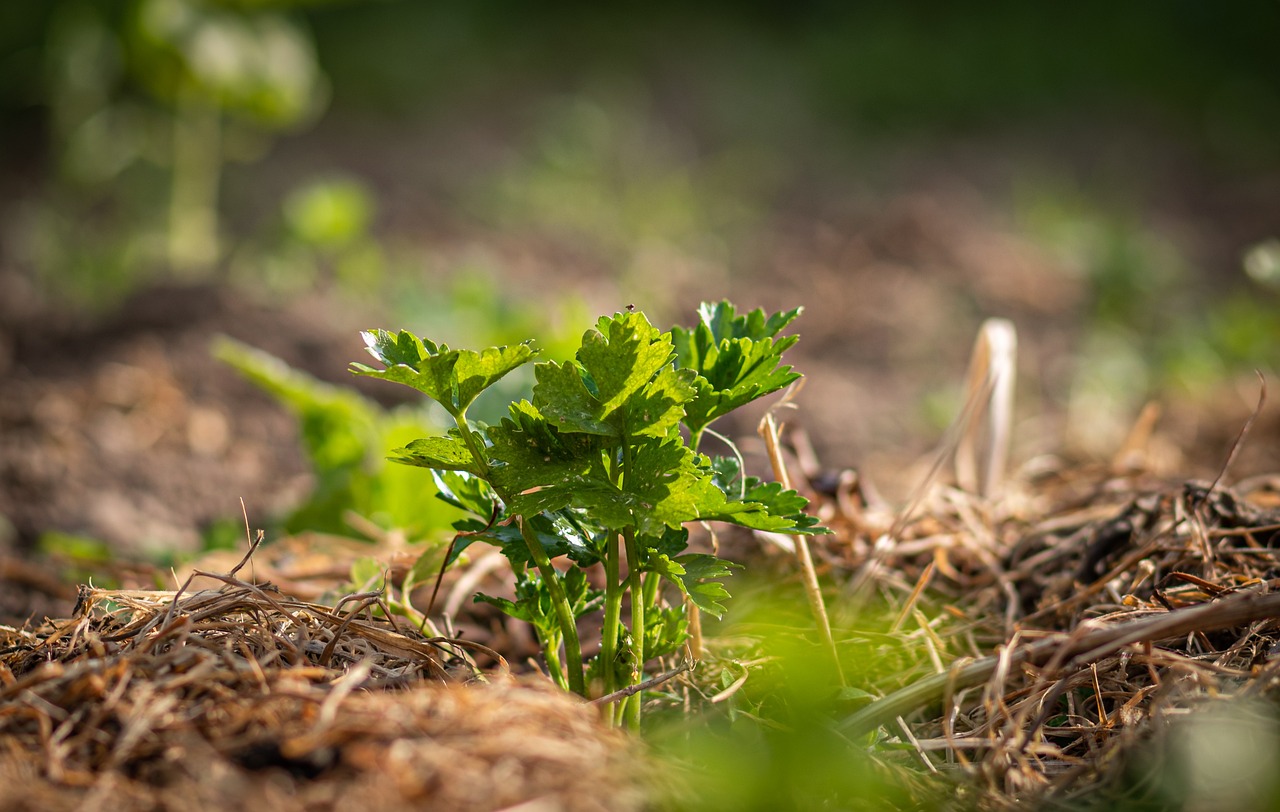
Application Techniques
Applying mulch correctly is crucial for maximizing its benefits in your garden. It’s not just about tossing a layer of material on the soil; it’s about understanding how to use mulch to your advantage. When it comes to application techniques, think of it as laying down a cozy blanket for your plants. Just like you wouldn’t throw a blanket haphazardly on a bed, you want to apply mulch in a thoughtful manner that promotes the health and aesthetics of your garden.
First off, the depth of your mulch layer is key. Generally, a depth of 2 to 4 inches is recommended. Too little mulch won’t provide adequate weed suppression or moisture retention, while too much can suffocate your plants and lead to excess moisture, which might encourage rot. It’s like Goldilocks and the Three Bears—your mulch needs to be just right!
Next, consider the coverage area. Mulch should ideally cover the entire root zone of your plants, extending out to the drip line. This means that if you have a tree or a shrub, the mulch should reach the outer edges where the rainwater naturally drips off the leaves. Not only does this practice ensure that your plants receive the moisture they need, but it also helps to suppress pesky weeds that compete for nutrients.
Timing is another essential factor in mulch application. The best time to apply mulch is in early spring or fall. In spring, it helps retain moisture as the weather warms up, while in fall, it protects plants from winter’s chill. Think of it as putting on your warmest coat before stepping out into the cold; it’s all about preparation and protection.
When applying mulch, layering and spreading techniques come into play. You want to create a uniform layer that is not too compacted. If mulch is piled up against plant stems or tree trunks, it can lead to rot. Instead, keep a small gap around the base of plants to allow for air circulation. This is particularly important for trees, as mulch piled against the trunk can create a moist environment that fosters disease.
To achieve the ideal depth and coverage, consider using a mulch calculator. This handy tool can help you determine how much mulch you need based on the area you want to cover. Just input the dimensions of your garden bed, and voila! You’ll have a precise estimate to work with.
Finally, remember that maintenance is key to keeping your mulched areas effective. Over time, mulch can break down, so it’s essential to replenish it periodically. A good rule of thumb is to check your mulch depth every season and add more as necessary. This ensures that your garden remains vibrant, healthy, and aesthetically pleasing.
- How often should I apply mulch? It's recommended to refresh your mulch every year or as needed, depending on how quickly it breaks down.
- Can I use any type of mulch? While many types of mulch are suitable, it's best to choose one that complements your garden's needs and aesthetics.
- Is there a best time of year to apply mulch? Early spring and fall are ideal times for applying mulch to maximize its benefits.
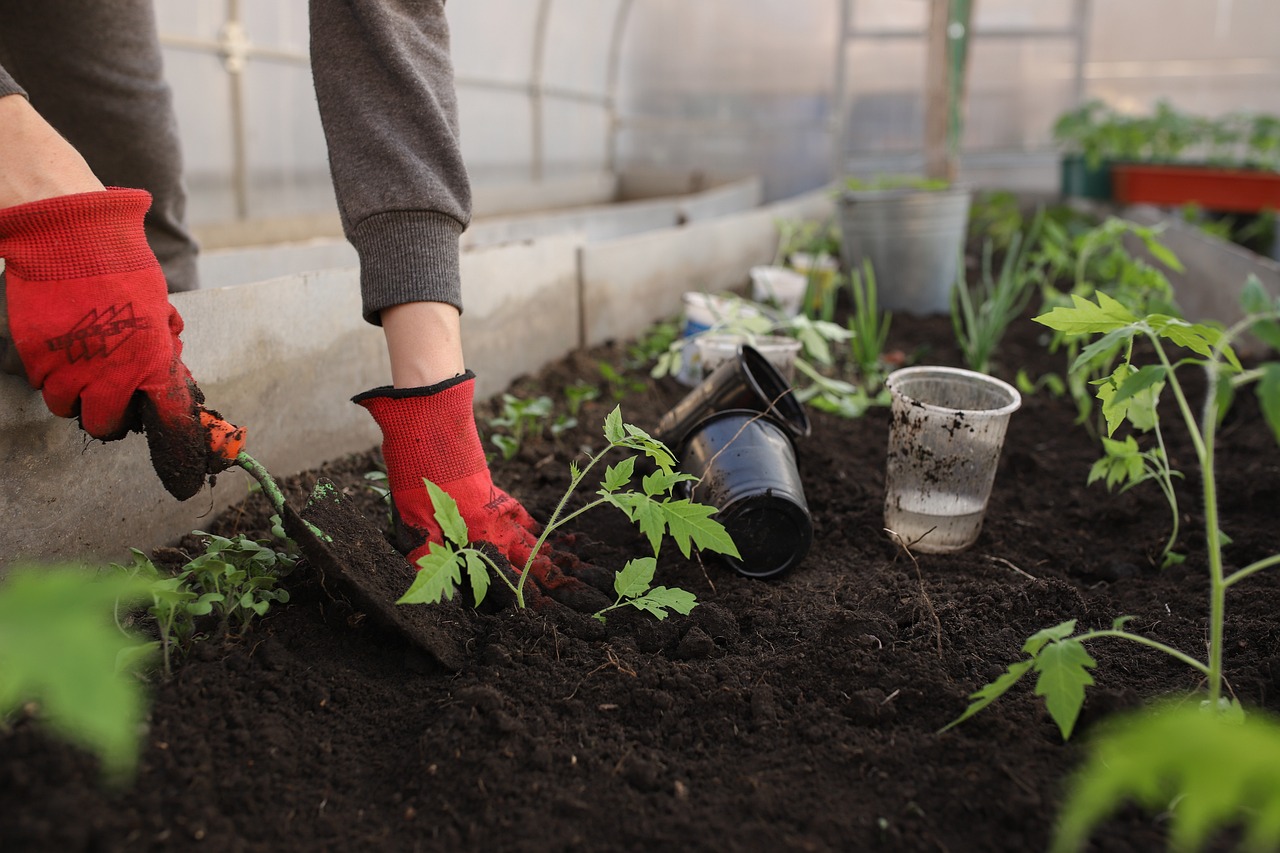
Layering and Spreading
When it comes to applying mulch, the techniques of layering and spreading are crucial for ensuring that your garden benefits from all the wonderful properties mulch has to offer. Think of mulch as a cozy blanket for your plants, providing warmth, moisture, and a protective layer against the harsh elements. But just like any good blanket, it needs to be the right thickness and spread evenly to be effective.
First, let’s talk about layering. The ideal depth for mulch typically ranges from 2 to 4 inches, depending on the type of mulch and the specific needs of your plants. Too little mulch won’t provide the benefits you’re after, while too much can suffocate the soil and prevent water from reaching the roots. A depth of around 3 inches is often recommended for most garden beds. Here’s a quick breakdown of how to achieve that:
| Type of Mulch | Recommended Depth |
|---|---|
| Wood Chips | 3-4 inches |
| Straw | 2-3 inches |
| Grass Clippings | 1-2 inches |
| Compost | 2-3 inches |
Now, onto spreading! Once you’ve determined the right depth, it’s time to spread the mulch evenly across your garden beds. Start by breaking up any clumps to ensure a uniform coverage. Use a rake to help distribute the mulch, working from the center of the bed outward. This technique not only helps to maintain an even layer but also prevents the mulch from piling up against the stems of your plants, which can lead to rot.
For those with larger areas, consider using a wheelbarrow to transport your mulch. This can save you time and energy, allowing you to cover more ground efficiently. Remember to keep the mulch a few inches away from the stems of your plants to avoid any moisture-related issues. Think of it like giving your plants some personal space; they’ll thrive better when they’re not crowded!
Lastly, timing is everything. Applying mulch in the spring, after the last frost but before the heat of summer hits, is ideal. This allows your plants to benefit from the moisture retention as the weather warms up. However, if you’re working with a fall garden, adding a layer of mulch can protect your plants during the winter months, keeping the soil temperature more stable. It’s like tucking your garden in for a long winter’s nap!
In summary, proper layering and spreading of mulch can significantly enhance the health and aesthetics of your garden. By following these techniques, you’ll create a thriving environment that not only looks good but also supports your plants’ growth. So grab your tools, get your hands dirty, and enjoy the process of nurturing your garden!
- How often should I replenish my mulch? - It's a good idea to check your mulch annually and replenish it as needed, especially if it has broken down significantly or has been washed away.
- Can I use colored mulch? - Yes, but be cautious! Some colored mulches may contain dyes that can leach into the soil. Always choose products that are labeled as safe for garden use.
- Is it necessary to remove old mulch before adding new? - Not always. If the old mulch is still intact and not breaking down, you can add a new layer on top. However, if it’s decomposed, it’s best to remove it to prevent disease.
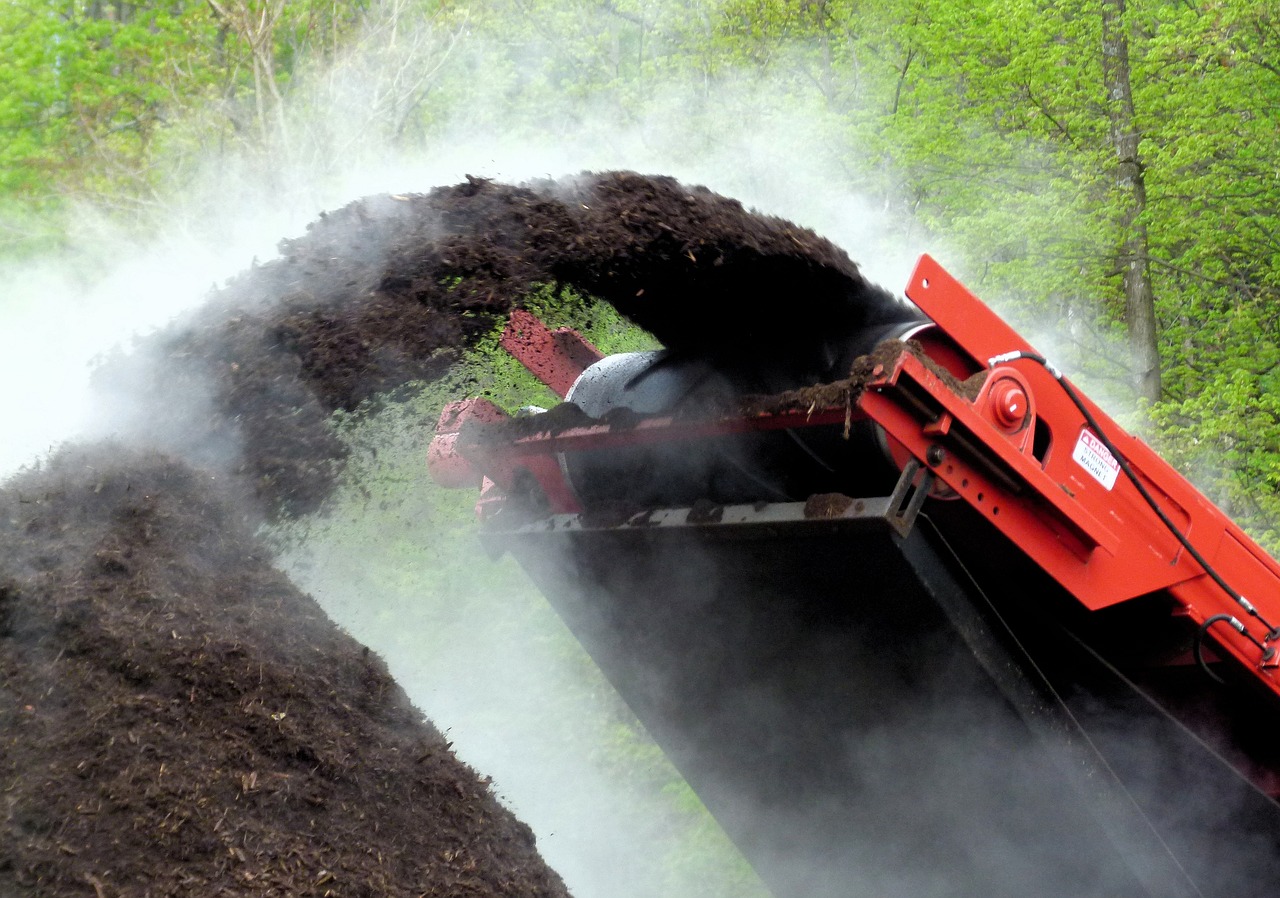
Maintenance of Mulched Areas
Maintaining mulched areas is essential for ensuring that your garden thrives and looks its best throughout the seasons. Just like a well-tended lawn or a lovingly pruned rose bush, your mulch needs some attention to keep it performing at its peak. Think of mulch as the cozy blanket for your plants; it protects them but requires a bit of care to remain effective. So, what do you need to keep in mind when maintaining your mulched areas?
First and foremost, regular checks are crucial. You should aim to inspect your mulch every few weeks, especially after heavy rains or strong winds. During these checks, look out for signs of erosion, compaction, or any areas where the mulch has thinned out. If you notice that the mulch has settled or decomposed significantly, it’s time to replenish it. Adding a fresh layer not only enhances the visual appeal of your garden but also ensures that your plants continue to benefit from moisture retention and weed suppression.
Another key aspect of maintenance is managing weeds. While mulch is excellent at suppressing weed growth, it’s not foolproof. Occasionally, you may find some pesky weeds trying to poke through. When that happens, it’s best to hand-pull them rather than using herbicides, which can harm your plants and the environment. Regular weeding not only keeps your garden looking neat but also reduces competition for nutrients.
Additionally, you should be mindful of the mulch’s depth. Ideally, a mulch layer should be around 2 to 4 inches. This depth is sufficient to block sunlight from reaching weed seeds while still allowing water to penetrate. If you find that your mulch has compacted or washed away, it’s time to add more. Aim for a consistent layer, and avoid piling mulch directly against the stems of your plants, as this can lead to rot.
Lastly, consider the seasonal changes. Mulch may behave differently in winter than in summer. In colder months, a thicker layer can help insulate the soil and protect plant roots from freezing. In contrast, during the hot summer months, you might want to check for any signs of drying out and refresh your mulch as needed. Keeping an eye on the weather and adjusting your mulch accordingly will help your garden thrive.
To summarize, maintaining mulched areas involves:
- Regular inspections for erosion and thinning.
- Weed management through hand-pulling.
- Ensuring the correct depth of mulch.
- Adjusting mulch thickness according to seasonal changes.
By following these simple maintenance tips, you can ensure that your garden remains a lush, vibrant space that not only looks great but also supports healthy plant growth. So, roll up your sleeves and give your mulch the love it deserves!
Q: How often should I replenish my mulch?
A: It's generally recommended to replenish your mulch once or twice a year, depending on how quickly it decomposes and the conditions of your garden.
Q: Can I use any type of mulch?
A: While many materials can be used as mulch, it's essential to choose ones that suit your garden's needs. Organic mulches like wood chips and straw are great for moisture retention, while inorganic options like gravel can be used for pathways.
Q: Is mulch safe for all plants?
A: Most plants benefit from mulch, but be cautious with sensitive plants. Avoid piling mulch too close to plant stems to prevent rot.
Q: What should I do if my mulch smells bad?
A: A foul smell may indicate that your mulch is too wet or has started to decompose improperly. In that case, consider turning or replacing it to improve aeration.
Frequently Asked Questions
- What is the main benefit of using garden mulch?
Garden mulch offers several benefits, including moisture retention, weed suppression, and temperature regulation. By covering the soil, mulch helps maintain consistent moisture levels and keeps the soil temperature stable, which is crucial for healthy plant growth.
- What types of materials can I use for making mulch?
You can use a variety of materials for mulch, including organic options like wood chips, straw, grass clippings, and leaves, as well as inorganic options like gravel and plastic. Each type has its unique properties and can cater to different gardening needs.
- How do I prepare organic mulch from kitchen scraps?
To prepare organic mulch from kitchen scraps, you can start by composting your vegetable peels, fruit scraps, and yard waste. Once the compost has broken down into a rich, dark material, you can spread it around your plants to enhance soil nutrition and suppress weeds.
- How thick should I apply mulch in my garden?
For most gardens, a mulch layer of about 2 to 4 inches is ideal. This thickness helps retain moisture and suppress weeds without suffocating your plants. Just make sure to keep the mulch a few inches away from the stems of your plants to prevent rot.
- How often should I replenish my garden mulch?
It's a good idea to check your mulch every few months and replenish it as needed. Depending on the material used, you might need to add more mulch once or twice a year to maintain its effectiveness and keep your garden looking fresh.
- Can I use rocks or gravel as mulch?
Yes, rocks and gravel can be used as mulch, especially in areas where you want to reduce weed growth and improve drainage. However, keep in mind that inorganic materials do not provide nutrients to the soil like organic mulches do.
- Is it necessary to shred materials before using them as mulch?
Shredding materials like leaves and branches can help them break down faster and create a more uniform mulch. While it's not strictly necessary, shredding can enhance the effectiveness of your mulch and improve the overall appearance of your garden.
- What should I do if my mulch starts to smell?
If your mulch starts to smell, it may be decomposing too quickly or may have become compacted. To remedy this, you can turn the mulch to aerate it and allow for better airflow, or consider replacing it with fresh material.



















